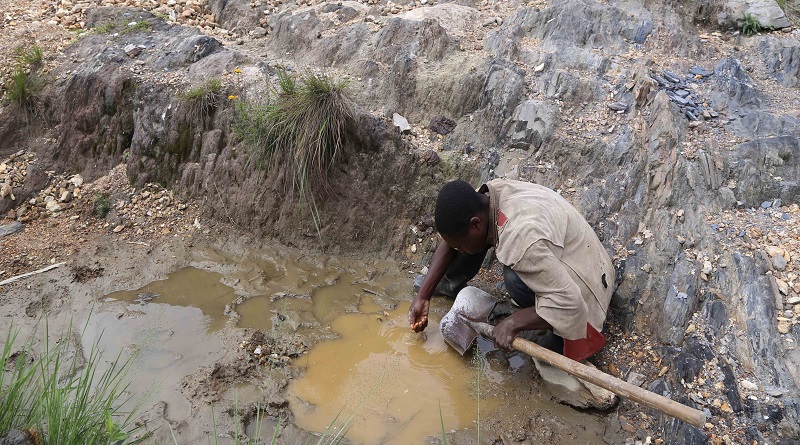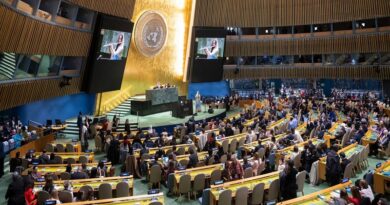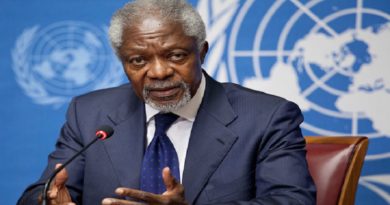How countries are reducing anthropogenic mercury pollution
Gold mining practised on a small scale, known as artisanal and small-scale gold mining or ASGM, is crucial to the livelihood of millions of people in over 80 countries, mainly in rural areas with limited alternative economic prospects.
ASGM directly employs approximately 15 million miners, of which an estimated 4-5 million are women and children, and produces up to 20 per cent of the world’s gold. It is increasingly recognized as an opportunity to alleviate poverty and contribute to local, national, and regional development.
But at the same time, artisanal gold miners often use hazardous mercury to extract the precious metal from its ores, and the mining operation often results in land degradation and deforestation. Globally, ASGM is the largest source of anthropogenic mercury pollution – contributing almost 40 per cent of all mercury that enters our atmosphere as a result of human activity.
Addressing mercury use in ASGM is one of the priorities under the Minamata Convention on Mercury. According to the Convention, countries with more than insignificant ASGM using mercury must develop a National Action Plan, in short NAP, to outline how and by when they will reduce, and where feasible, eliminate the use of mercury, thereby minimizing human and environmental exposure to the toxic metal.
“Implementation of this treaty [the Minamata Convention on Mercury] by parties allows us to envision a transformed global gold market that continues to generate billions of dollars but has no place for unsustainably sourced gold such as with mercury use,” says Monika Stankiewicz, Executive Secretary of the Minamata Convention. “Instead, millions of artisanal gold miners have proper working conditions and secure livelihoods in the sector or in alternative sectors.”
To date, 46 countries have started NAP projects with funding from the Global Environment Facility. Of these, 18 have finalized and submitted their NAP documents to the Secretariat of the Minamata Convention.
Strategies outlined in the NAP have the capacity to transform the lives of the artisanal gold miners and their communities by providing them with clean solutions to practice their livelihood while protecting the health of their families and safeguarding the surrounding ecosystems. Mercury reduction targets included in the NAPs demonstrate a political commitment and indicate how much mercury use can be avoided in ASGM and by which date. If mercury reduction targets are met by 2025 the mercury use in ASGM can be reduced by 37 per cent and 70 per cent by 2030 for these 18 countries.
Mercury use in the top ten mercury-intensive ASGM countries accounts for 77 per cent of the global total. Until now, only Ecuador, among these ten countries, has submitted its NAP to the Secretariat of the Minamata Convention. NAPs for Indonesia, Peru, Bolivia and Brazil are underway. Further NAP project development and implementation are essential to fully address the largest anthropogenic source of mercury emissions and use in ASGM around the world.
With more countries presenting their strategies to phase out mercury in the artisanal mining sector, UNEP is harvesting the information gathered in NAP documents to provide further insights into global ASGM dynamics and complement the preliminary analysis.




